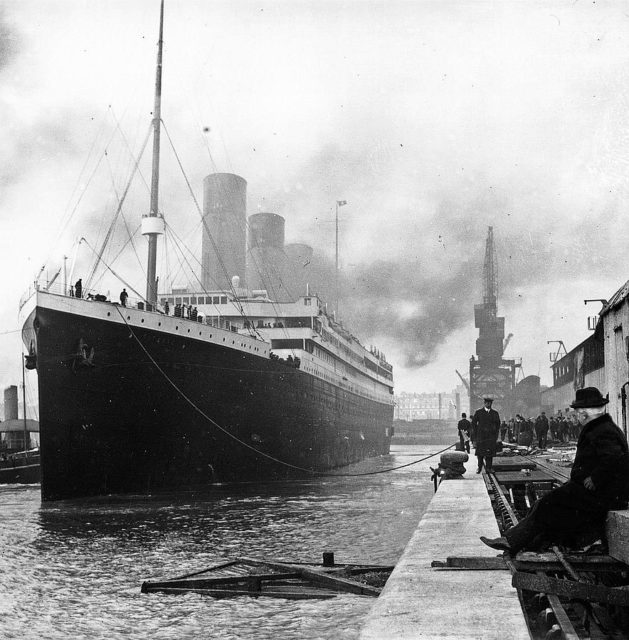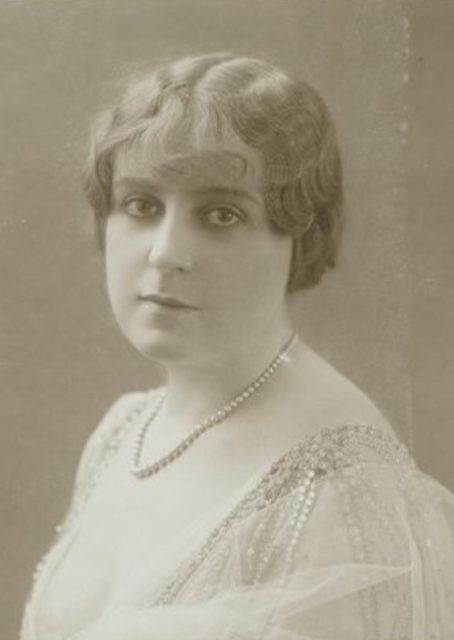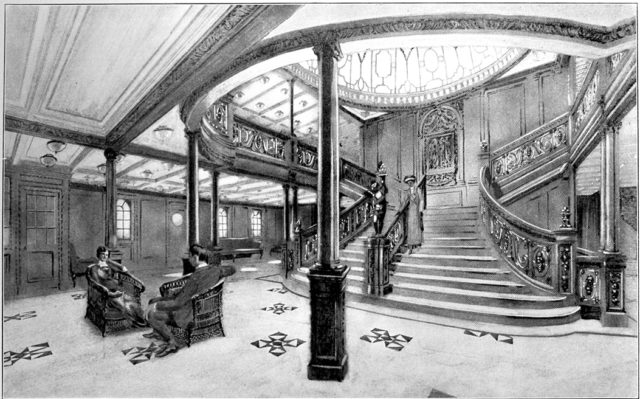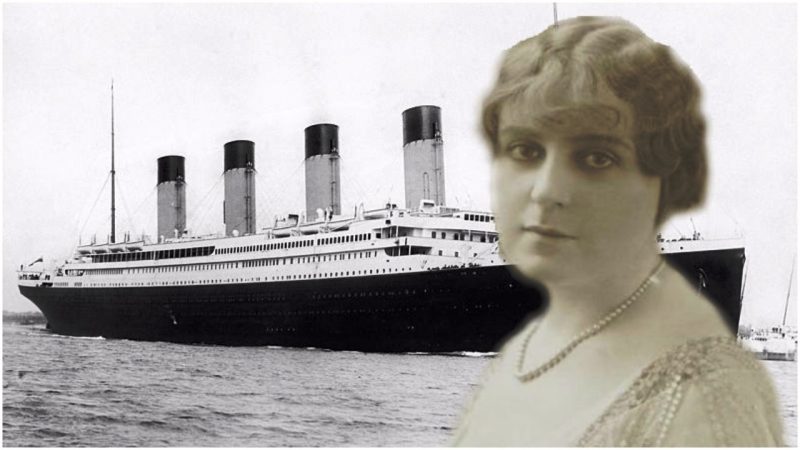The luxury steamship the RMS Titanic tragically failed to complete its maiden voyage, breaking in two after hitting an iceberg and sinking to the ocean floor in the early hours of April 15, 1912.
More than 1,500 people lost their lives that night, out of the 2,240 passengers and crew on board the ocean liner.
It has now been more than a century since the Titanic filled the front pages of newspapers the world over, but the story has held its momentum ever since; as History puts it, the Titanic has lodged itself into the “public consciousness as a cautionary tale about the perils of human hubris.”

Among the infinite retellings of the Titanic story, be it in books, news articles, or films, perhaps what is most moving are the personal stories of those who survived. There is the unbearable story of Jennie Louise Hansen, a survivor who was hospitalized upon her arrival in New York. The horrifying event damaged Jennie’s nervous system for the rest of her life. As a result, she was completely unable to shed a tear after that, and she also suffered from terrifying nightmares.
Other stories speak of amazing human accomplishments, as that of Richard Noris Williams II, the Titanic survivor who had opposed the doctors’ decision to amputate both his legs. After that, Richard became a world-class tennis champion.
Then there is the story of Berthe Antonine Mayné, who might never have planned on taken a trip on the lavish ship if it were not for the chance encounter with her future beloved. Born in Ixelles, Brussels, in 1887, Berthe Mayné worked as a cabaret singer. According to the Encyclopedia-Titanica, she was locally famed and had a liaison with a French soldier named Fernand de Villiers who had accompanied the foreign legion and left for the Belgian Congo.
A Belgian newspaper entitled “Het Laatste Nieuws” provided a little bit more about her profile, describing her as “being well known in Brussels in circles of pleasure and was often seen in the company of people who like to wine and dine and enjoy life.”

She met a young Montreal hockey player, Quigg Edmond Baxter, in the winter of 1911. Baxter was Montreal-born, the same age as Mayné, and came from an affluent family. The two of them quickly became lovers.
Before meeting Mayné, Baxter had already made a name for himself as a fantastic hockey player and star footballer. Unfortunately, a blow to his eye from a stick during a game of hockey in 1907 terminated his career as a player. Losing his sight from that eye, he began to coach and is credited for conducting one of the first international hockey tournaments ever played in Paris.
The Canadian was on a trip to Europe with his mother and sister when he first encountered Mayné, who at that time was performing in a cafe in Brussels. The family’s return trip was set to be with the Titanic, with Baxter’s ticket booked from Cherbourg, a city in northwest France overlooking the English channel. He and his family were to be first-class passengers.
Baxter did not wish to return home without Mayné. He had been persistent enough to persuade Berthe to accompany him on the journey. Mayné must have been thrilled with her entirely new life, beginning with her first-class passenger status on the Titanic with her new love. She was registered under a pseudonym, “Mrs de Villiers,” and was accommodated in a first class stateroom, C-90.

As we already know, the enjoyment did not last for long. On the night of the sinking, Baxter was in his cabin, B-60, when his mother demanded to learn why the ship had abruptly stopped amid the ocean. He stepped outside to see what was going on and saw Captain Smith talking to Bruce Ismay, the man who is remembered as being the highest-ranking White Star official to survive the demise of the company’s brand new RMS Titanic.
The captain supposedly told him, “There’s been an accident Baxter, but it is all right.” Once Smith had rushed to the bridge, Ismay approached him, telling him to get his family into the lifeboats.
As well as his mother and sister, Baxter also took Berthe Mayné, who had put a long woolen overcoat over her night dress, to the lifeboats, telling her to board lifeboat Number 6. She was unwilling to get on the lifeboat without him. Allegedly, she also wanted to go back to her cabin to retrieve pieces of jewelry, but it was another famous Titanic passenger, Molly Brown, who managed to persuade her to get on the lifeboat.

Baxter waved them all goodbye, as lifeboat Number 6 was most likely the first boat to leave the port side of the Titanic. Sadly, he lost his life in the ship’s sinking and his body was never identified, or recovered at all.
After the sinking, Mayné stayed with the Baxter family for a couple of months in Montreal. After that, she returned to Europe and continued her career as a singer, this time in Paris, and for the rest of her life, she never married.
Mayné would retire to a house in a suburb of Brussels, and reportedly, in her old age, she told her nephew the story of her being on the Titanic with a young Canadian millionaire, but sadly he did not believe her. In fact, nobody believed her, for some unknown reason, not until after her death.
Berthe Antonine Mayné passed away in 1962, at 75 years of age. Her story of a lifetime was to be eventually confirmed after her personal belongings and evidence of letters and photographs, all stowed away in a shoebox, were found, telling all of what she had described before her death.
